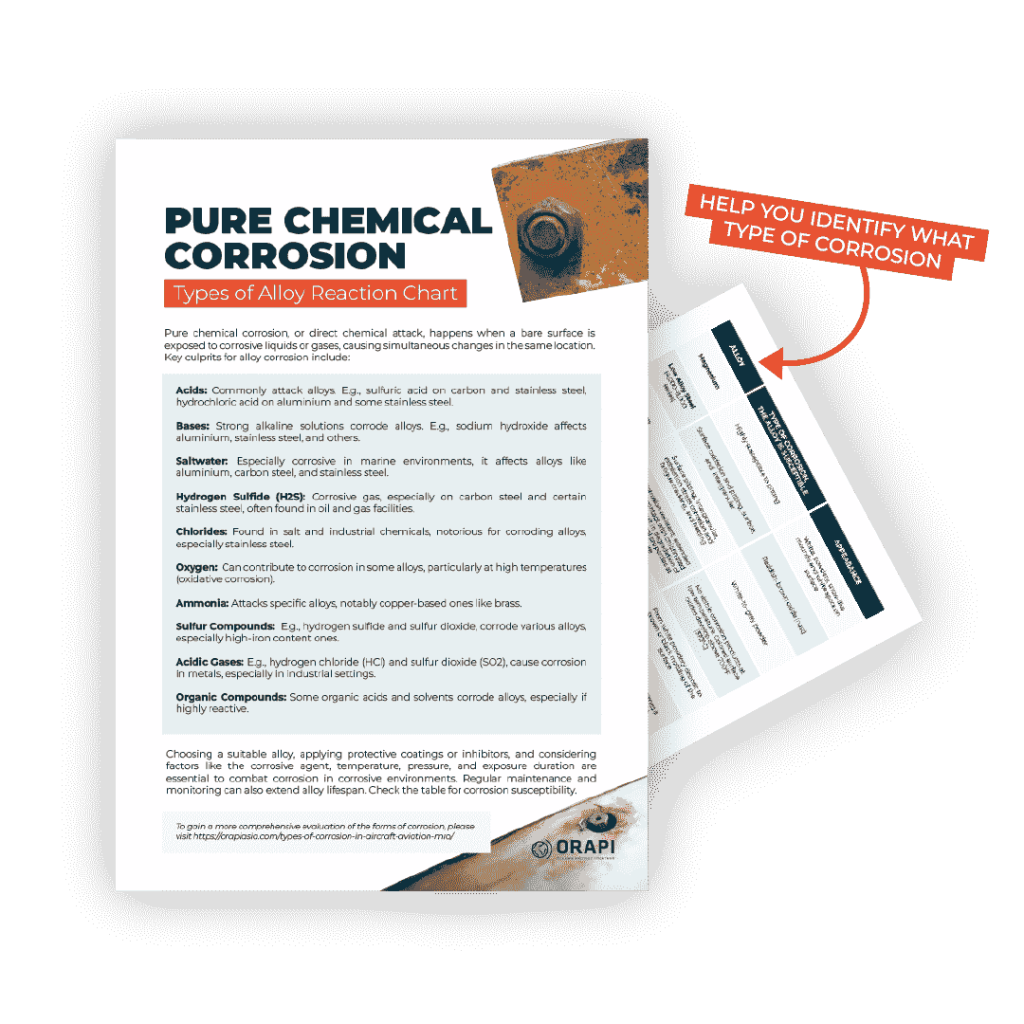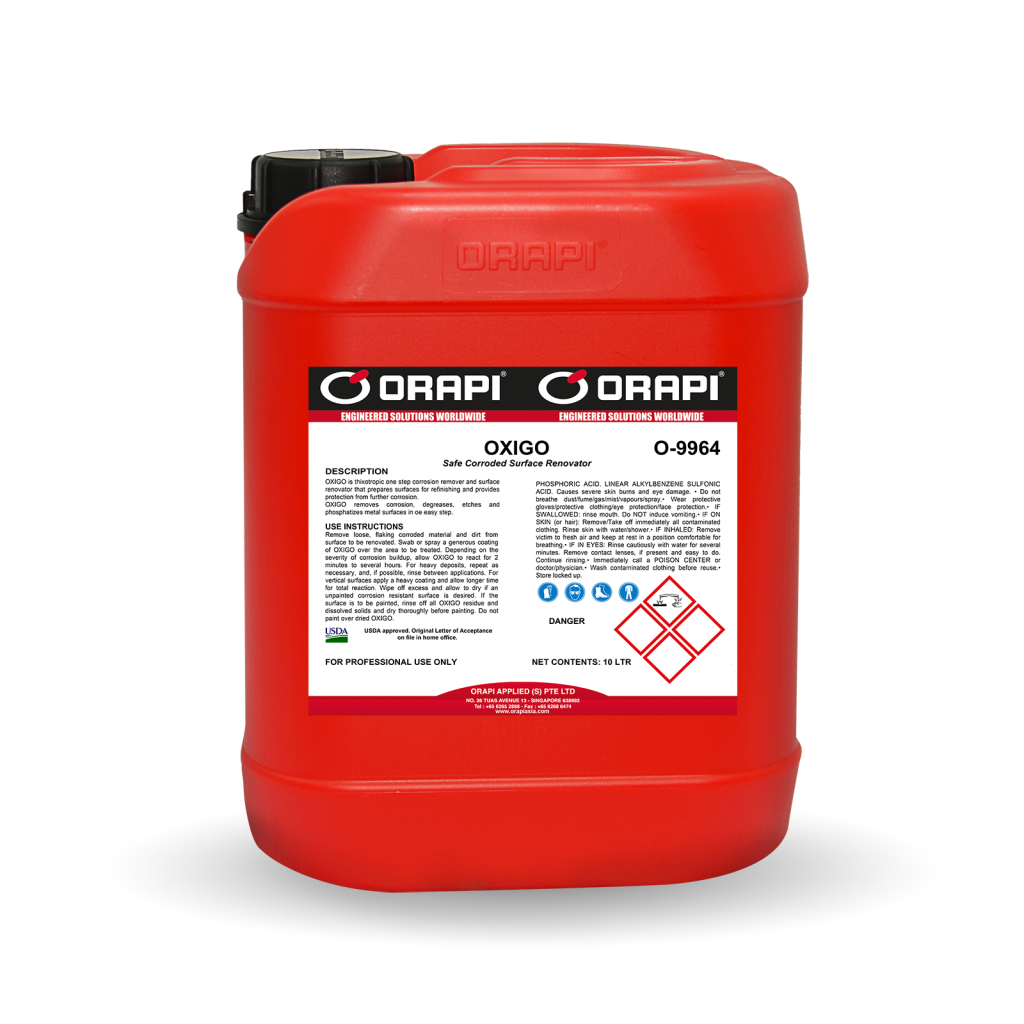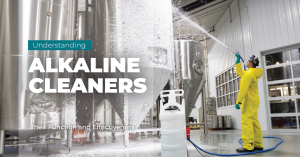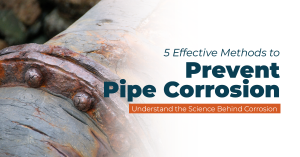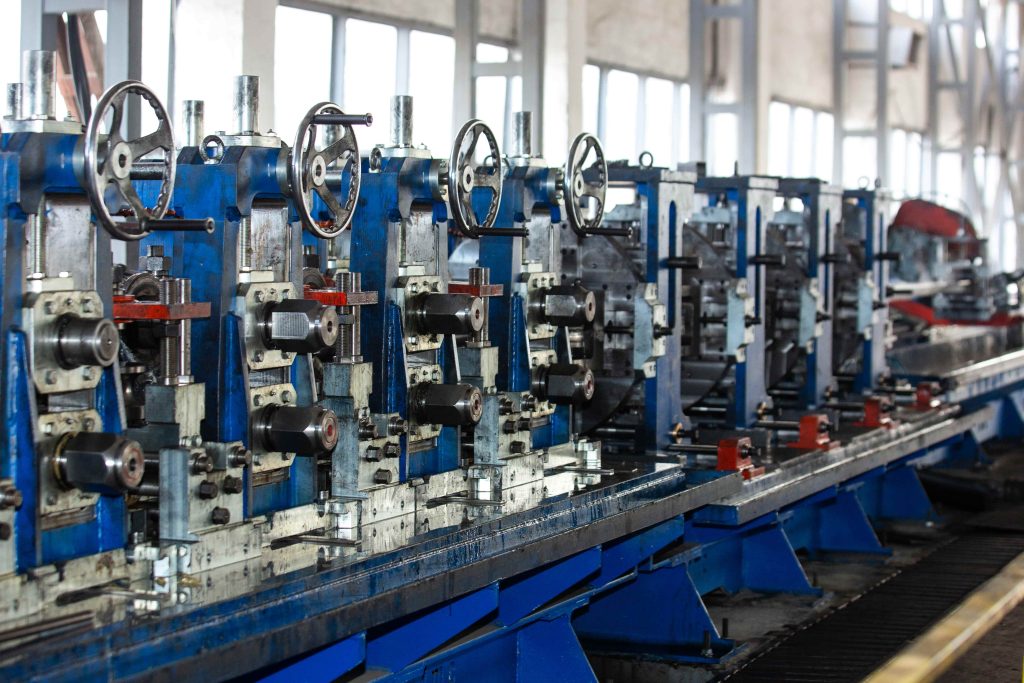
Differences Between Static and Dynamic System
Dynamic and static are versatile terms that can be applied to various systems, and their processes and distinctions depend on the specific context in which they are used. However, many common characteristics help differentiate between static and dynamic system.
Characteristics of Static Systems

A static system remains unchanged or in a steady state over time. In a static system, the variables or properties of the system do not vary or change with time or any other independent variable. Static systems are characterised by equilibrium, stability, and the absence of motion or change. Examples of static systems include stationary objects, static equilibrium in physics, and unchanging databases in computer science.
Characteristics of Dynamic Systems
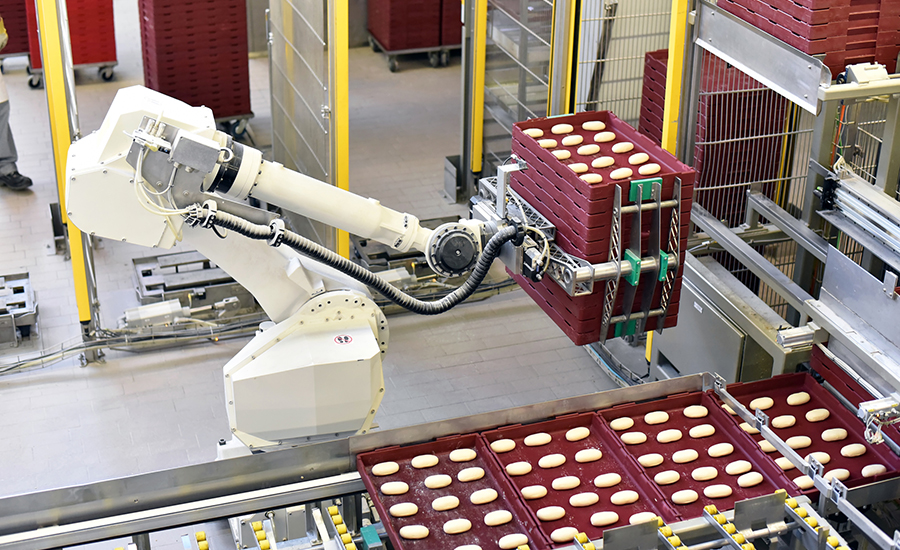
A dynamic system, on the other hand, changes or evolves. In a dynamic system, the variables or properties of the system are time-dependent and can vary based on external inputs or internal interactions. Dynamic systems are characterised by motion, change, and time-varying behaviours. Examples of dynamic systems include moving objects, systems undergoing chemical reactions, evolving populations, and software programs with changing states.
Common Characteristics Between Static and Dynamic System
Static and dynamic system exist on a continuum, and many real-world systems exhibit static and dynamic behaviours to some extent. For example, an object at rest (static) can become dynamic when a force is applied, causing it to move and change its position over time. Similarly, a dynamic system can reach a stable state (static) after a while if the forces or inputs acting on it become balanced.
Differences Between Static and Dynamic System

Dynamic and static are versatile terms that can be applied to various systems, and their processes and distinctions depend on the specific context in which they are used. However, many common characteristics help differentiate between static and dynamic system.
Static Mechanics
Static Equilibrium
A static system is in equilibrium when the net force acting on it is zero and there is no acceleration or motion. Static equilibrium is characterised by the balance of forces, both linear and rotational, acting on an object or structure. For example, when a book rests on a table without moving, it is in static equilibrium.
Force Analysis
Statics involves analysing the forces acting on objects to determine equilibrium conditions. This analysis includes concepts such as Newton’s laws of motion, vector addition of forces, and calculating moments or torques.
Structural Analysis
Statics is used to analyse the behaviour of rigid structures, such as bridges or buildings, under various loads and forces. It helps determine whether the structure is stable and can withstand the applied loads without collapsing or deforming.
Dynamic Mechanics
Kinematics
Kinematics deals with the description of motion, including displacement, velocity, and acceleration. It helps understand how objects move in response to applied forces and how their position changes over time.
Dynamics
Dynamics focuses on the relationship between forces, mass, and motion. It involves concepts such as Newton’s laws of motion, which explain how forces influence the acceleration of an object. Dynamic analysis allows for predicting the future motion of an object based on the applied forces and initial conditions.
Energy and Momentum
Dynamic mechanics considers the concepts of energy and momentum to analyse the behaviour of objects and systems. Conservation laws, such as the conservation of energy and the conservation of momentum, are essential in understanding how forces and motion interact.
Dynamic Systems Product Considerations
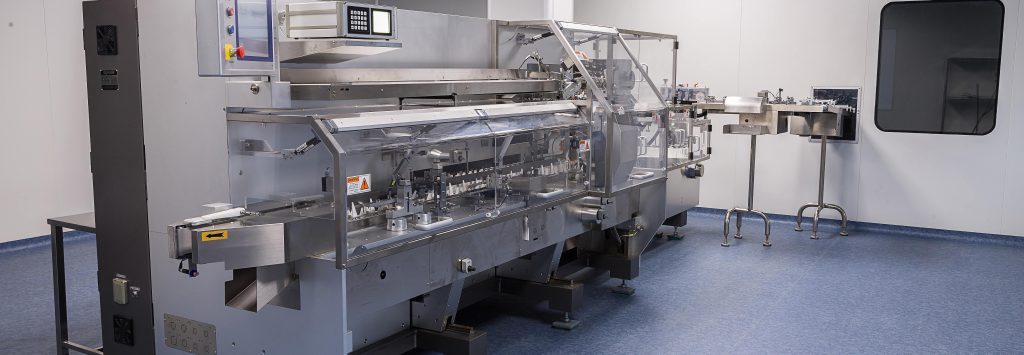
When considering dynamic systems and their associated products, several factors come into play to ensure optimal performance and safety. Let’s expand on some of them.
Flash Point/Evaporation Rate
Operating Temperature Range
The operating temperature range for dynamic systems determines the suitability and performance of products under different thermal conditions. Dynamic systems can experience various temperatures, from extreme heat to freezing cold. Products chosen must withstand and operate within the specified temperature limits without degradation or loss of effectiveness. The temperature range ensures the product remains stable, maintains its lubricating properties, and avoids undesirable reactions or phase changes.
Friction
Friction plays a significant role in dynamic systems as it influences the efficiency of motion and affects wear and tear on components. The selection of products that minimise friction is crucial to optimise system performance and extend the lifespan of moving parts. Lubricants or coatings with low friction coefficients can help reduce energy losses, prevent excessive heat generation, and minimise seizing or galling.
Water Solubility
Flammability
Flammability determines the risk of fire or combustion. Products with high flammability may pose a safety hazard, particularly when exposed to ignition sources or high temperatures. Given the potential for extremely high temperatures, choosing products with low flammability attributes is important. This selection is essential to mitigate the likelihood of accidents and uphold the system’s overall safety and surroundings.
Dynamic Viscosity
Dynamic viscosity refers to the resistance of a fluid or lubricant to flow when subjected to shear forces. It determines the ease with which a substance can lubricate moving parts and reduce friction in a dynamic system. Selecting a product with appropriate dynamic viscosity ensures it can effectively coat and lubricate surfaces, reducing wear and facilitating smooth motion.
How Anti-seize Enables More Dynamic Systems

Anti-seize compounds are lubricants that reduce friction and prevent seizing, galling, or thread locking in mechanical systems. While their primary purpose is to facilitate the assembly and disassembly of threaded connections, they also enable more dynamic systems in the following ways.
Reduced Friction
Anti-seize compounds contain solid lubricating particles, such as graphite, copper, or molybdenum disulfide, suspended in a grease or oil base. These lubricating particles reduce friction between the surfaces when applied to threaded connections or moving parts. By minimising friction, anti-seize compounds enable smoother and more efficient motion, reducing wear and extending the components’ lifespan.
Preventing Seizing and Galling
There is a risk of seizing or galling in dynamic systems with relative motion between threaded components or metal surfaces. Seizing occurs when two surfaces stick together due to friction, making it difficult to disassemble them. Galling is a form of severe adhesive wear that can lead to damage and failure of the components. Anti-seize compounds are a barrier between metal surfaces, preventing direct metal-to-metal contact and reducing the likelihood of seizing and galling.
Corrosion Protection
Dynamic systems are often exposed to harsh environments or conditions that can cause corrosion. Corrosion leads to the formation of oxides or other compounds that increase friction and hinder smooth motion. Anti-seize compounds, besides their lubricating properties, also provide corrosion protection. They create a protective barrier between the metal surfaces, inhibiting the formation of corrosive compounds and maintaining the system’s performance.
ORAPI RECOMMENDS:
Improved Reliability and Maintenance
By enabling smoother motion and reducing the likelihood of seizing or galling, anti-seize compounds contribute to the overall reliability of dynamic systems. They help prevent unexpected failures, reduce maintenance downtime, and simplify components’ disassembly and reassembly. This can lead to cost savings, improved operational efficiency, and enhanced system performance.
Conclusion: Static and Dynamic System
In conclusion, understanding the differences between static and dynamic system is vital for comprehending the behaviour of objects and systems in science and engineering. Static systems remain unchanged, while dynamic systems evolve. Factors such as flash point, operating temperature range, friction, water solubility, flammability, and dynamic viscosity are crucial for dynamic systems. Anti-seize compounds enable dynamic systems by reducing friction, preventing seizing and galling, protecting against corrosion, and improving reliability and maintenance. Anti-seize compounds enhance efficiency, save costs, and improve overall system performance.
